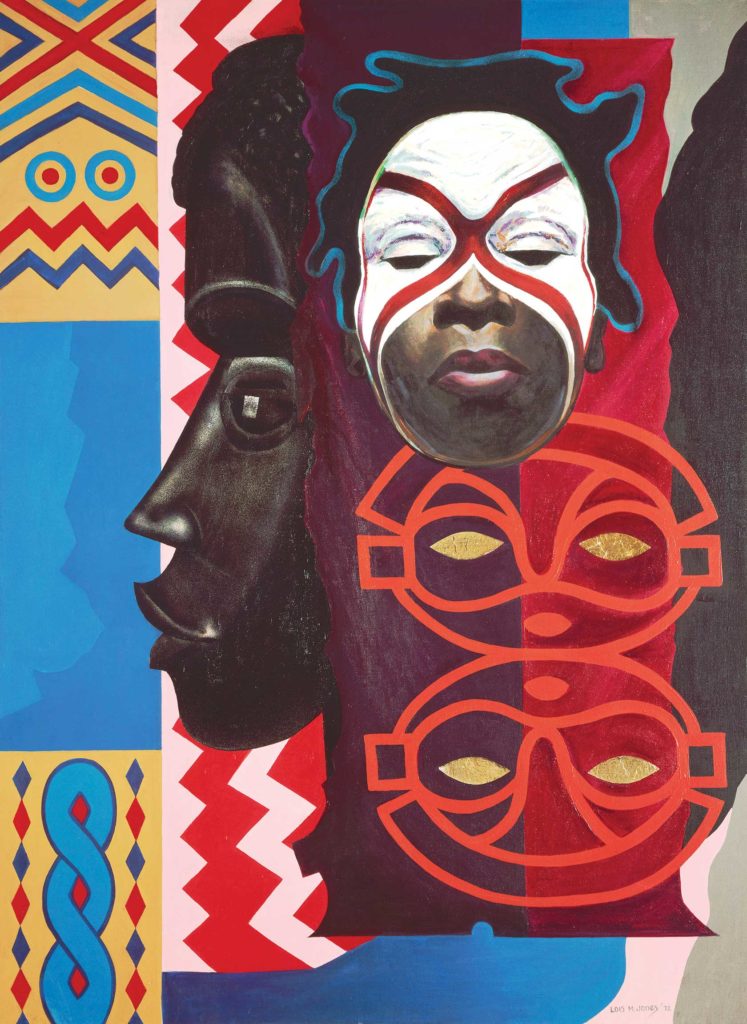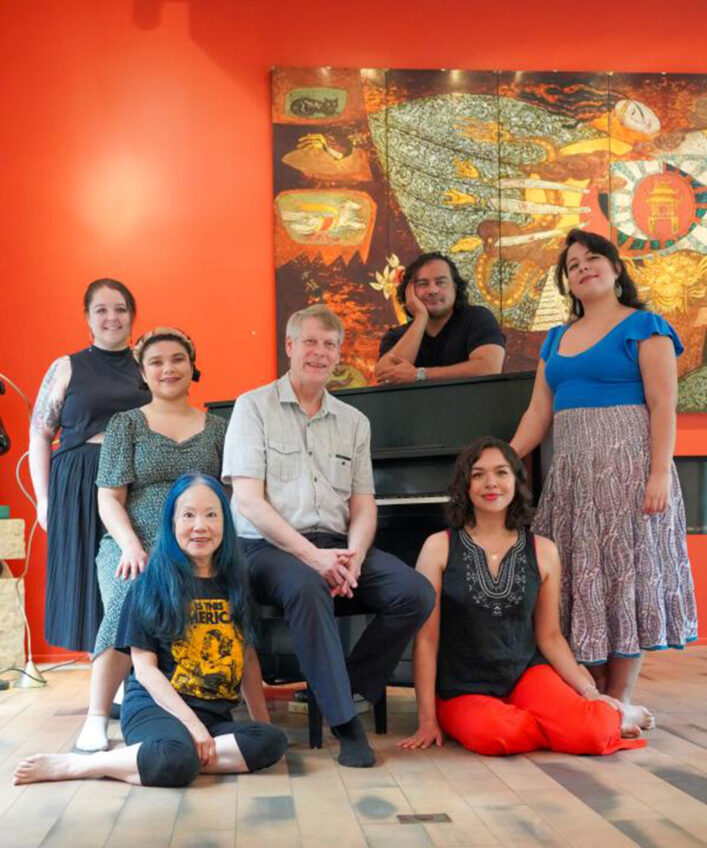
Diverse stories are at the heart of the third floor reinstallation of the Art of the Americas wing at the Museum of Fine Arts. The reinstallation, titled “Stories Artists Tell: Art of the Americas, the 20th Century” acts as an artistic anthology, telling a different story in each gallery from Native perspectives of the Southwest to images of the midcentury jazz age.
In addition to these new galleries, featuring both seminal pieces from the collection and works that have never been seen, a rotating central exhibition will highlight a new theme yearly. The first exhibit in this space is “Touching Roots: Black Ancestral Legacies in the Americas,” featuring work by Black artists in the Americas, many of them local, who explore the artistic legacy of Africa.

“Ancestral Spirit Vessel,” Willis “Bing” Davis (1938 –), The John Axelrod Collection—Frank B. Bemis Fund, Charles H. Bayley Fund, and The Heritage Fund for a Diverse Collection; Reproduced with permission.
PHOTO: © Museum of Fine Arts, Boston
“It was important to us to tell a Boston story,” says Ethan Lasser, chair, Art of the Americas. “We were interested in this chapter of Black art in Boston and more generally of Black art looking to Africa. I think it embodies one of the things we’re trying to do throughout the floor, which is to show that American art is not a closed system, it is very much engaged with issues and artists and histories and systems and patterns from around the globe.”
To that end, “Touching Roots” was not created in the artistic vacuum of the museum, but with the help of a team of local artists and historians such as Stephen Hamilton, Napoleon Jones-Henderson, Chenoa Baker and others. These creatives contributed to the conception of the exhibit story, the themes explored in the artwork and the curatorial text displayed in the show. Outside sources were similarly utilized for the installation of the Native art gallery and the jazz age gallery.

“Ashanti Image,” Hale Aspacio
Woodruff (1900–1980) The John Axelrod Collection—Frank B. Bemis Fund, Charles H. Bayley Fund, and The Heritage Fund for a Diverse Collection © Estate of Hale Woodruff / Artists Rights Society (ARS), New York. PHOTO: © MUSEUM OF FINE ARTS, BOSTON
On June 20th the MFA will host their 10th annual Juneteenth celebration offering free tickets to Massachusetts residents on a first come, first served basis. During the celebration writer and curator Chenoa Baker and artist Ifé Franklin will discuss the “Touching Roots” exhibition. Visitors also have the opportunity to create portraits of a leader in their lives and the finished artworks will be displayed in “Portraits of Leadership,” an exhibit running in tandem with “The Obama Portraits Tour” this September.
This reinstallation and the “Touching Roots” exhibit provide a more dynamic and inclusive look at the Art of the Americas collection. For Black artists in particular it’s an opportunity to ruminate on what ancestral and artistic roots in Africa means for their practice here in Boston.
“The Americas is a very diverse place and in the history of the MFA and the history of the way this collection has been presented, we haven’t acknowledged that,” says Lasser. “We’re always asking ourselves how do we tell a fuller story.”







